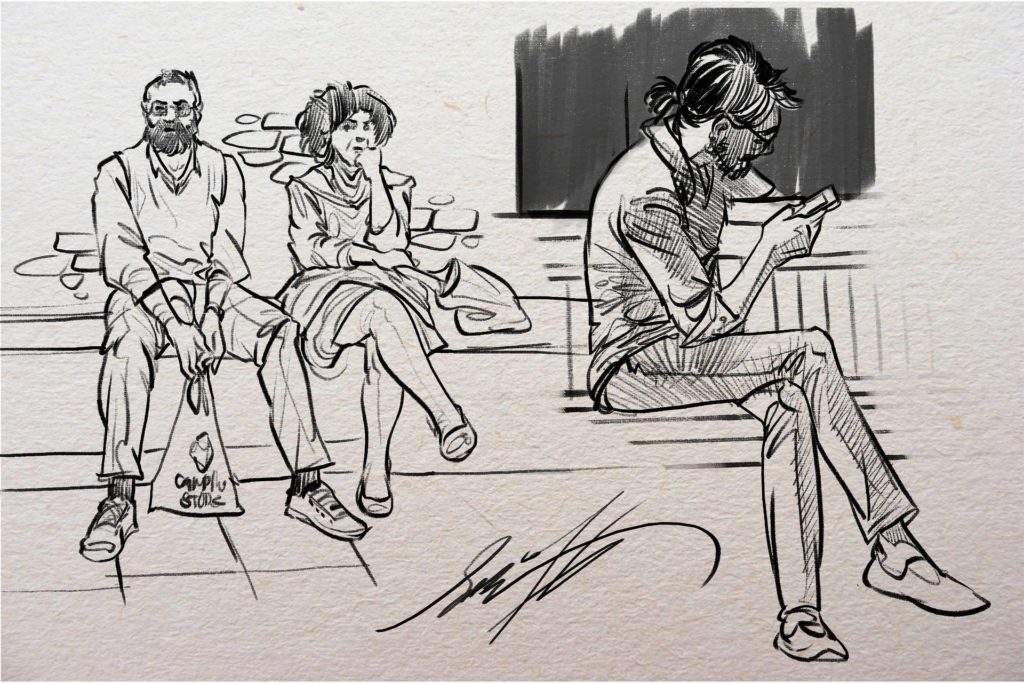

(This list - depending on the size and scope of the project - is potentially just the tip of the iceberg.)

Prototypes are helpful for including the wide range of participants in a project: designers, developers, project managers, business analysts and everyday users. It’s important to engage with everyone involved in a project, bringing them on the journey from idea to finished product. Prototypes Help Get Everyone Involved In The Design ProcessĮven a modest project will typically encompass a number of different stakeholders. Prototypes - whether lo-fi paper prototypes or digital hi-fi prototypes - are a cost-effective way of identifying changes that might need to be made before you embark upon a finished build, at which point changes become increasingly more expensive to implement. The deeper into a project you are, the more expensive it is to fix mistakes.

The earlier in the process issues are addressed, the better, saving you time and money. Prototyping enables misunderstandings to be identified and addressed as early in the design process as possible. The golden rule of prototyping - and developing any new idea - is to fail early and fail inexpensively.

Let’s dive a little deeper into these and make a case for prototyping - as a bridge between your original idea and your final build - as a core part of the design process. Acting as a bridge between designers and developers.Getting everyone involved and bought into the design process.There are numerous other benefits of prototyping, including: These prototypes enable us to test our assumptions and move progressively towards finished solutions.īuilding a clickable prototype using a tool like Adobe XD is considerably quicker than diving deep into HTML, CSS, and JS to build a website or diving into the complex build of a mobile application.Ĭlickable prototypes also allow us to test our designs with users and other stakeholders, bringing them into the design process in a meaningful way and allowing us to test: information architecture, layout and visual hierarchy, and interactive elements. At one end of the spectrum, we have lo-fi paper prototypes, while at the other end of the spectrum we have hi-fi digital prototypes.ĭigital prototypes allow us to build realistic, clickable proof of concepts that allow users and stakeholders to get a feel for what we’re building. We are fortunate as designers to have a wealth of prototyping tools at our disposal at a wide range of fidelities.
Rapid sketch users guide series#
This article, the third in this series within a series, explores the benefits of wireframing and prototyping, before covering the process from paper prototyping to lo-fi wireframing to hi-fi prototyping with mockups. With the big picture of user flows established and some thought given to building a design system that ensures consistency, it’s time to put together some interactive prototypes. These tools allow us to undertake a great deal of our testing before we get to the expensive part of the process, building fully working products in the medium they will be delivered in. Tools like Adobe XD, in particular, enable us to build immersive clickable prototypes at relatively low cost. This is where prototyping comes in.Īs designers working today, we’re fortunate to have a wealth of prototyping tools at our disposal. The further into a process you get, as the fidelity of what you’re building increases, the more expensive it becomes to make changes. The earlier in the process you can identify and fix problems, the easier and the less expensive it is.


 0 kommentar(er)
0 kommentar(er)
